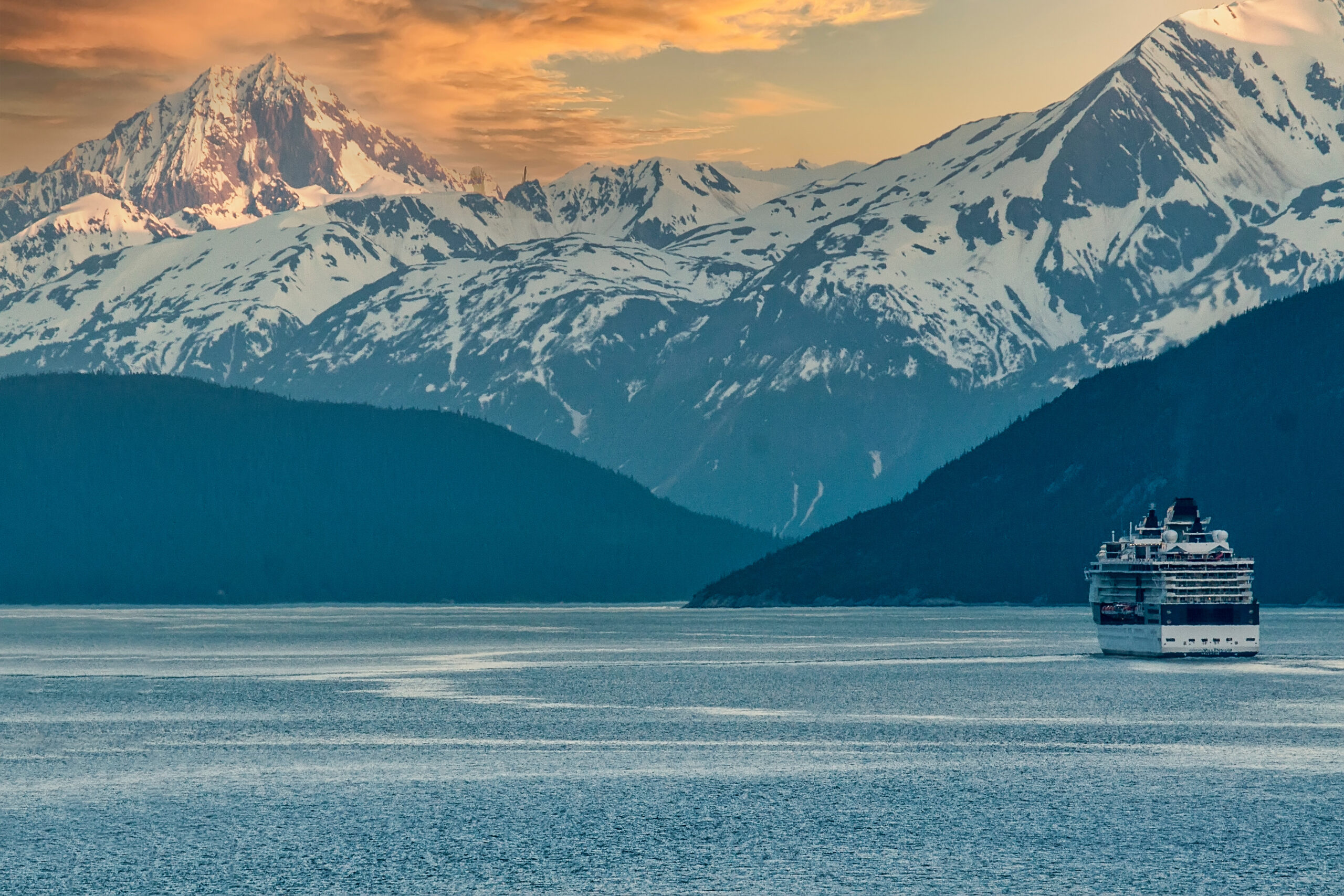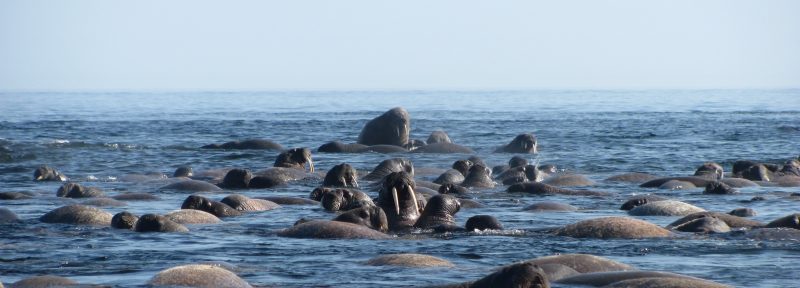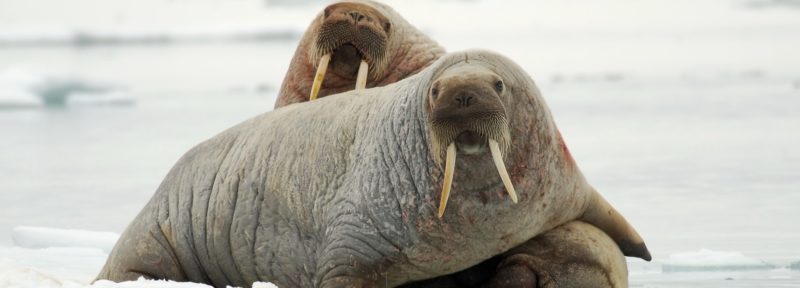How Alaska’s Glacier Bay Developed a Sustainable Approach to Cruise Ship Traffic
A cruise ship sails the Inside Passage near Skagway, Alaska.
Credit: Ruth P. Peterkin
Glacier Bay National Park in southeast Alaska covers 3.3 million acres and attracts hundreds of thousands of cruise ship passengers each year, eager to see the glaciers lining the majestic fjords and view sea lions, humpback whales and other wildlife. To limit the environmental impact of this large-scale tourism, park officials have developed a management model to protect the World Heritage site, while also generating substantial economic benefits.
Scott Gende, a senior science adviser with the National Park Service, said the key to their success has been that cruise ship companies compete for a limited number of highly regulated contracts to enter Glacier Bay.
“Because they’re competing for limited entries, those companies bring their absolute A-games,” said Gende, who is based in nearby Juneau. “We may have the most sustainable cruise ship operation in the world.”
By law, the National Park Service has the legal authority to set both a daily and seasonal limit to the number of ships allowed into Glacier Bay since the 1980s. Only two large vessels per day can enter the park during the busy summer season, with a maximum of 153 ships between June and August. In the shoulder-season months of May and September, the maximum is 122 ships.
Every 10 years, officials develop a “prospectus” for cruise ship companies that outlines factors such as environmental standards, economic viability and willingness to pay for interpretative programs and per-passenger fees. Companies that want permits to enter Glacier Bay submit bids with detailed operating plans for how they’ll meet or exceed these standards. An independent panel ranks the bids, and those with the best ratings win the lucrative contracts.
“It’s a very effective tool,” Gende said. “Our environmental footprint is much lower than it would be otherwise.”
For example, cruise ships agree to hold all wastewater—even treated wastewater—during visits to Glacier Bay, eliminate single-use plastics or other materials that might blow overboard, and ban noise-generating maintenance projects. They also agree to allow observers on board to record humpback whale sightings, reduce ship speeds to minimize underwater noise, avoid sensitive ecological areas, provide detailed oil-spill emergency plans, and commit to using marine gas oil, a less polluting fuel, while in the park.
What’s more, all companies have agreed to financially support a program that places park service Interpretation Rangers on the ships to offer educational programs about the region. Some companies also contract privately with Indigenous groups to educate passengers about their cultural and historic ties to this region.
The strict operating plans are enforced in several ways, Gende said. Companies are required to self-report any violations or risk losing their contracts—and incur an additional 10-year ban—after two negative reviews during annual audits. They also agree to pay for on-board inspections, including two surprise audits per summer, as well as underwater noise testing and other monitoring.
“The incentive not to violate the contract is extraordinarily high,” Gende said.
In 2019, five contracts were awarded to three major cruise ship companies. Last year, about 675,000 tourists arrived on these vessels to visit Glacier Bay and generated more than $13 million in revenues to the park and community.
Parts of this model could be adapted to other marine World Heritage sites in the Arctic, including in Canada, Norway, Greenland and Iceland, Gende said.
“We’re saying, here’s what’s possible,” he said. “The seeds are there for a coalition of marine protected areas that have cruise ship tourism.”
As vessel traffic increases, Erin Abou-Abssi, director of policy at Oceans North, said developing sustainable plans for cruise ship tourism in Canada’s Arctic would be beneficial to northern communities and the environment.
“Every year, we hear concerns from Arctic communities about how cruise ships are operating in nearby waters,” Abou-Abssi said. “If cruise ships can operate sustainably in places like Glacier Bay, there’s no reason why they can’t do that in the Canadian Arctic.”
Ruth Teichroeb is a regular contributor to Oceans North and former communications director.





